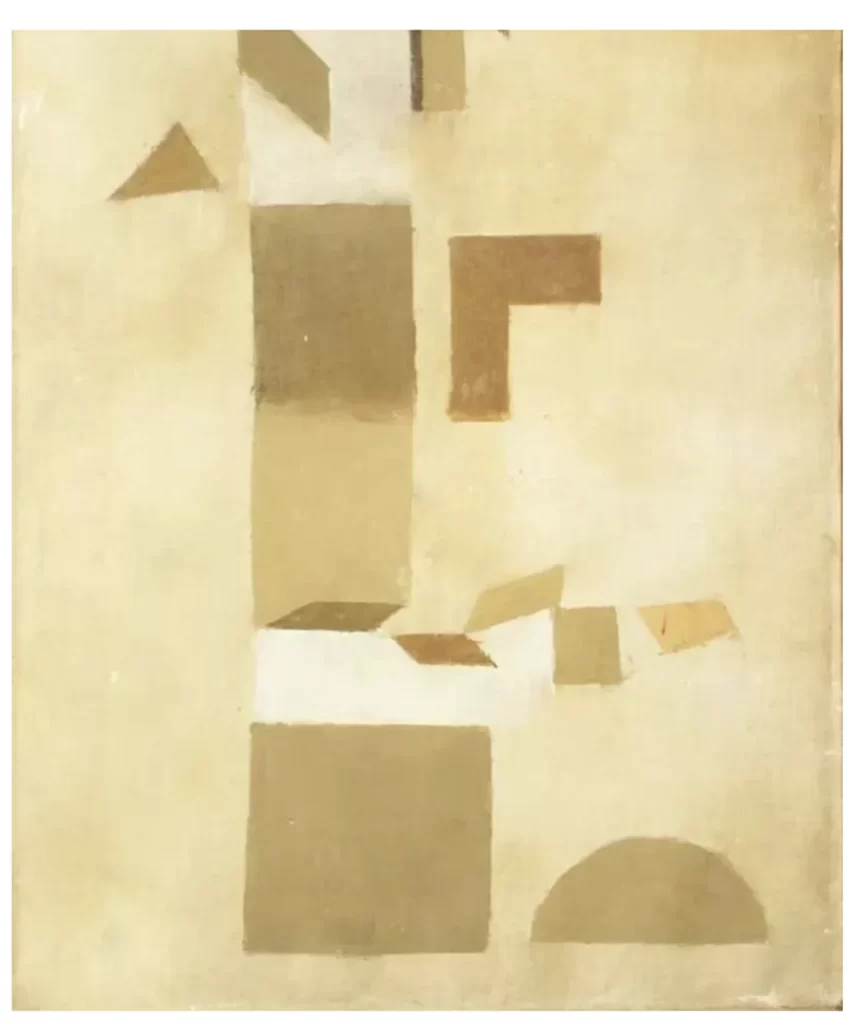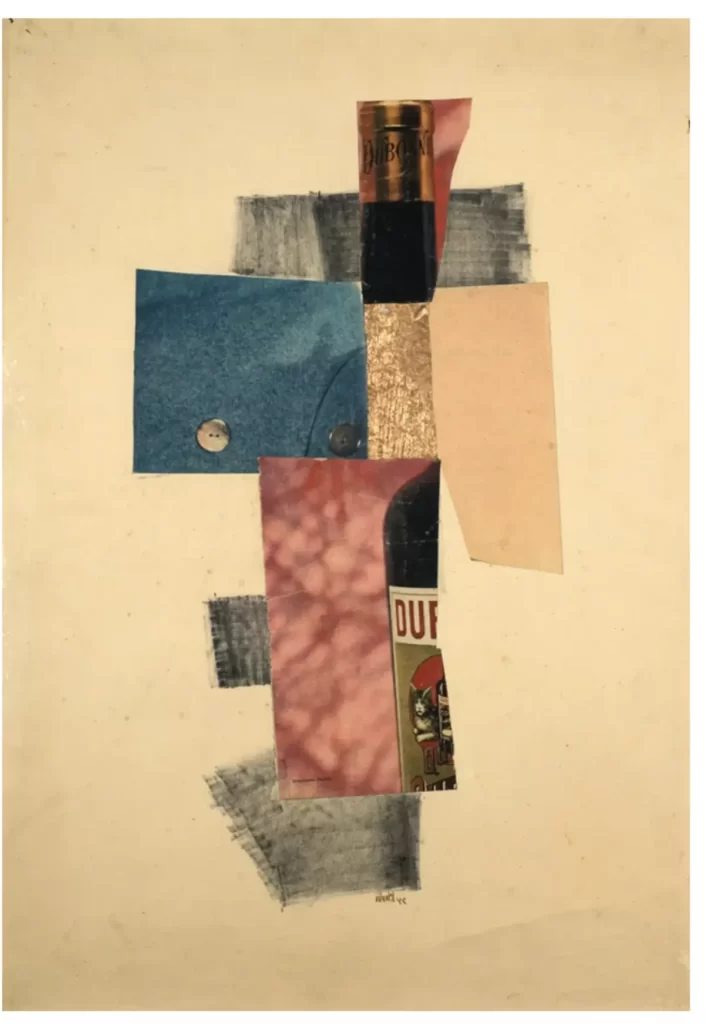V.S. Gaitonde, India’s most revered abstract painters, creates a unique space in contemporary art through his masterful manipulation of form and colour. His minimalist approach and spiritual undertones create an enigmatic world where form, space, and memory intertwine. His canvases invite viewers into a reflective space, where they must confront their own perceptions and emotions. Contemporary art critic Akhilesh views Gaitonde’s work as a complex narrative of yearning and the pursuit of support, offering a glimpse into an expansive, internal world where the artist’s struggle for meaning is silently inscribed in the fabric of his creations.

The yearning for support and the inability to attain it underpin the youthful vibrance of these works, which are now a legacy of the art world. Gaitonde’s paintings narrate a story. His world is not one of colours but of forms, which establish invisible connections. At times, these forms resemble letters; at others, they evoke skeletal cows. They embody multiple shapes and memories—Gaitonde’s memories, which he universalizes with the skill of a master craftsman. As viewers behold the refined interplay of form and colour in his works, their own memories are unlocked. Gradually, they perceive the expansiveness, or space, inherent in these paintings. They notice that these forms are created not upon a foundation but within a void. They exist in the cosmos.

Floating, interconnected by invisible threads, these forms possess a foundationless quality that astonishes—an essential trait of any masterpiece. This interplay of seeking and waiting embodies both hope and despair. What was Gaitonde waiting for? Though I never met him, the countless tales I’ve heard render him a heroic figure. Yet this hero does not battle a jungle demon to rescue a princess; there is no damsel in distress. Still, he continues to struggle. For what hope did he create? A closer examination of his works reveals that the threads of his hope are entangled in forms where hope itself seems absent. These forms do not illuminate an experienced or observed truth. They are created for creation’s sake, carrying no overt message or representation of society.

Gaitonde’s paintings are a homage to the process of creation and the joy derived from it. Detached from any external expectations, these forms expand across the canvas, paralleling Gaitonde’s increasingly insular practical world. The vastness of his internal vision finds solace in the expansiveness of his paintings.
– Book: Unke Baare Me by Akhilesh | Original excerpt in Hindi translated into English

Born in 1956, is an artist, curator and writer. He has gained worldwide recognition and appreciation for his works through extensive participation in numerable exhibitions, shows, camps and other activities.





